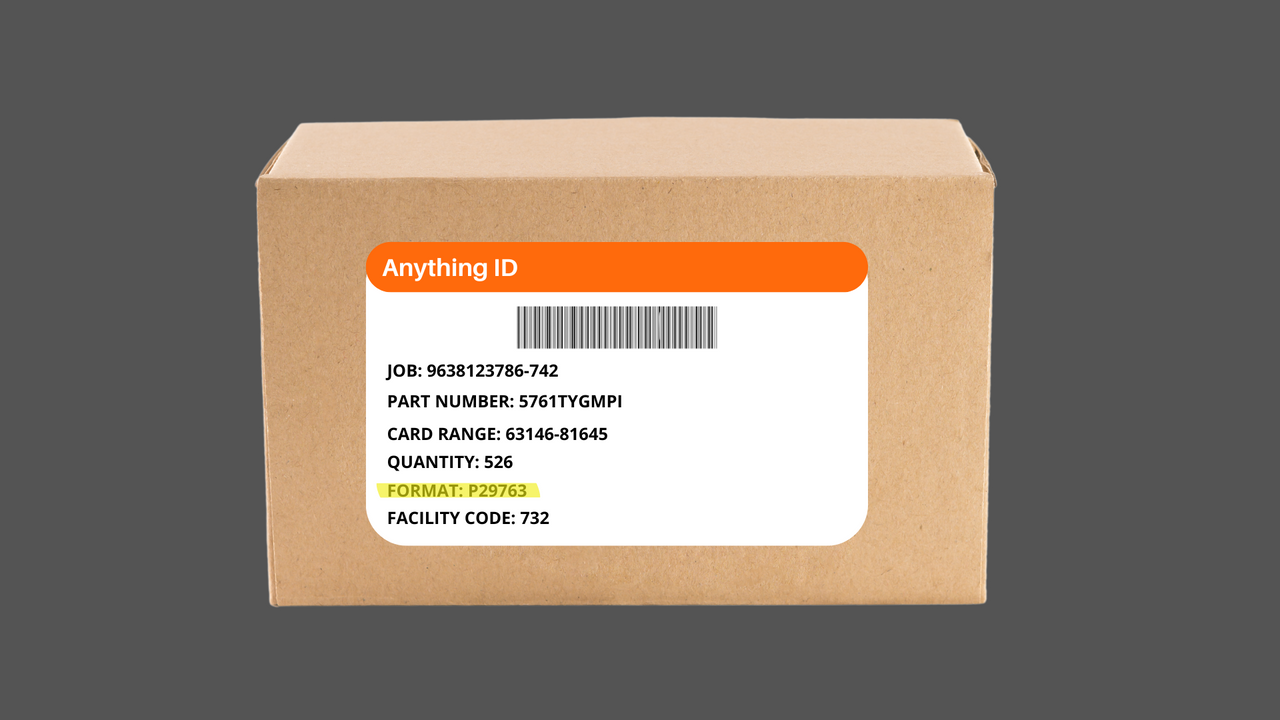In the world of access control and identification, a "card format" is a crucial concept. Simply put, it is the structure or template that defines how information is stored and organized on an access card. Whether it's a proximity card, smart card, or magnetic stripe card, the card format dictates how data is encoded, how it’s read by card readers, and how it is processed to grant access or authenticate identities.
Let’s dive deeper into what a card format is, why it matters, and how it affects the functionality of your ID and access cards.
What Is a Card Format?
A card format refers to the technical structure or template used to store and organize data on an ID card, often used for security, access control, or identification purposes. This structure determines how the card’s data is stored, encoded, and retrieved by card readers, ensuring the information is accurate and usable.
Card formats can be found on various types of access cards, including:
- Proximity Cards: These cards use radio frequency (RF) to communicate with a card reader when in proximity. The format specifies how data like a unique ID number is encoded and transmitted.
- Smart Cards: These cards contain an embedded microchip that stores data securely. The card format dictates how the data is organized within the chip, which could include things like personal details, security credentials, and transaction history.
- Magnetic Stripe Cards: Magnetic stripe cards have a magnetic band on the back that stores data in a specific format. The format defines how this data is written, including account numbers or personal identification details.
Types of Card Formats
Card formats define how data is structured on a card, ensuring compatibility with specific access control systems. Here are some of the most commonly used formats:
H10301 (Standard 26-bit Wiegand Format)
- The most widely used format in access control.
- Features a fixed 26-bit structure:
- 8-bit facility code
- 16-bit card number
- 2 parity bits
- Works with most proximity readers and access control systems.
AWID (Applied Wireless Identifications Group)
- Proprietary format typically used with AWID readers.
- Often used in environments where AWID solutions are the standard.
AMAG
- AMAG Technology provides proprietary formats for their Symmetry access control systems.
- These cards often require special programming to match the system's configuration.
Keyscan
- Keyscan systems use unique formats tailored to their controllers.
- These formats typically include a custom encoding scheme to enhance security.
Custom Formats
- Many organizations and manufacturers use custom card formats to maintain a unique access control system.
- Custom formats require specific details during programming to ensure compatibility.
Programming Cards with Different Formats
Programming involves encoding the card with the appropriate format and data required by the access control system. Key components for programming include:
Facility Code
- A unique identifier for the organization or facility.
- Typically used in multi-location environments to differentiate between sites.
Card Number
- A sequential or unique identifier assigned to each card.
- Ensures each cardholder has distinct credentials.
Bit Length
- Defines the total number of bits used in the card format.
- Common lengths include 26-bit, 34-bit, and 37-bit formats.
Encoding Method
- Determines how data is written to the card (e.g., Wiegand, ABA Track 2 for mag stripe).
Why Card Formats Matter
- System Compatibility: Cards must match the format recognized by the access control system. For example, using an H10301 format card in a Keyscan system would fail without proper programming.
- Security: Custom formats or proprietary formats enhance security by preventing unauthorized duplication of cards.
- Scalability: A well-defined format allows organizations to scale their access control system without compatibility issues.
Ordering the Right Card
When ordering cards, you’ll need to provide:
- Access control system name and model.
- Card format (e.g., H10301, AWID, AMAG, etc.).
- Facility code (if applicable).
- Starting card number and range.
- Technology type (e.g., proximity, smart card, mag stripe).
- Additional features (e.g., dual-technology cards for hybrid systems).
Understanding these formats ensures seamless integration with your access control system, reducing downtime and enhancing security.
Contact us today
In summary, the card format refers to the data structure used to organize, store, and encode information on access cards. Whether you're using proximity cards, smart cards, or magnetic stripe cards, understanding the card format ensures that your cards work efficiently, securely, and reliably with your access control systems. By selecting the right card format, you can enhance security, streamline your processes, and meet the unique needs of your organization.
If you need help determining which card format is best for your organization, feel free to contact us today to speak to a card solutions expert who can guide you through your options.


